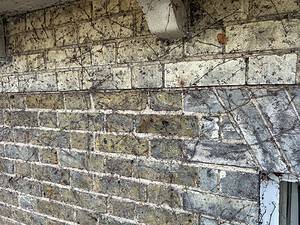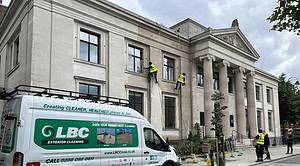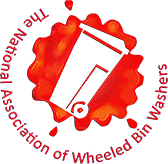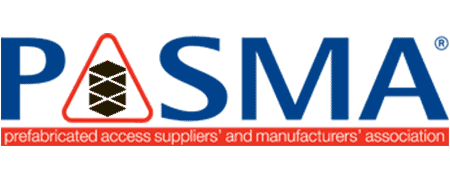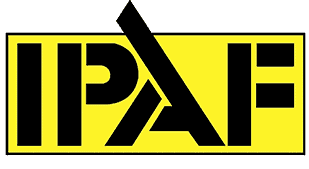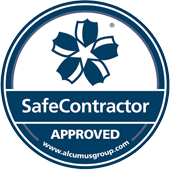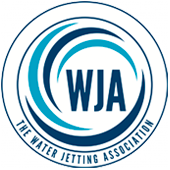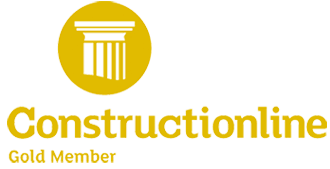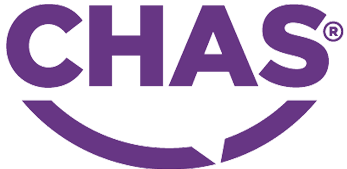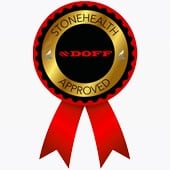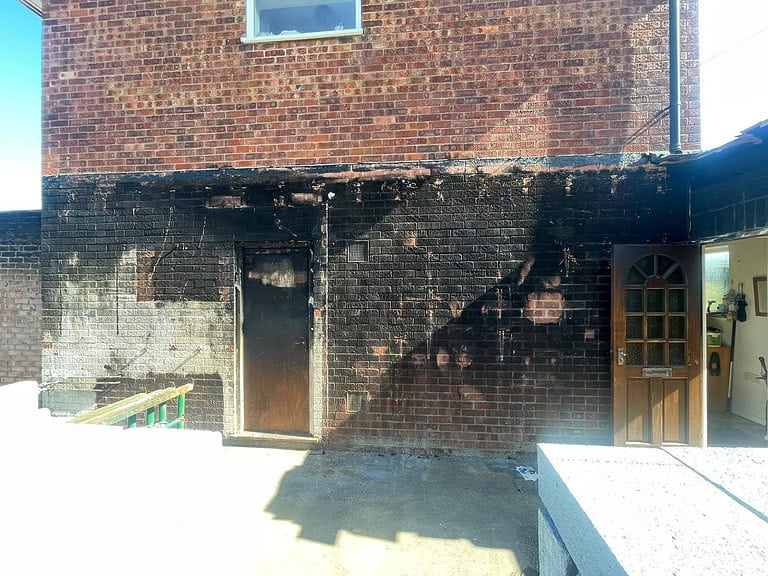
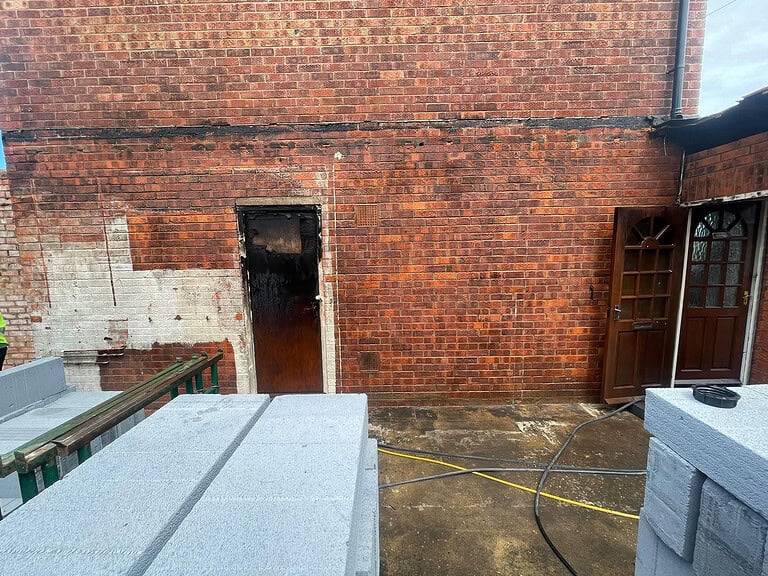
Fire Damage Cleaning and Restoration
A fire can leave lasting effects on your building. The smoke can leave black staining on the walls whichrequires removingby a professional.
Thankfully most smoke damage can be removed from brick and stone.
Its important to use the correct technique so that the surafce is not damaged in the process.
How To remove Smoke from Brickwork?
Removing smoke from brickwork requires the use of a hot pressure washer or steam cleaner. Such as the DOFF Machine
Removing Smoke Damage from Bricks
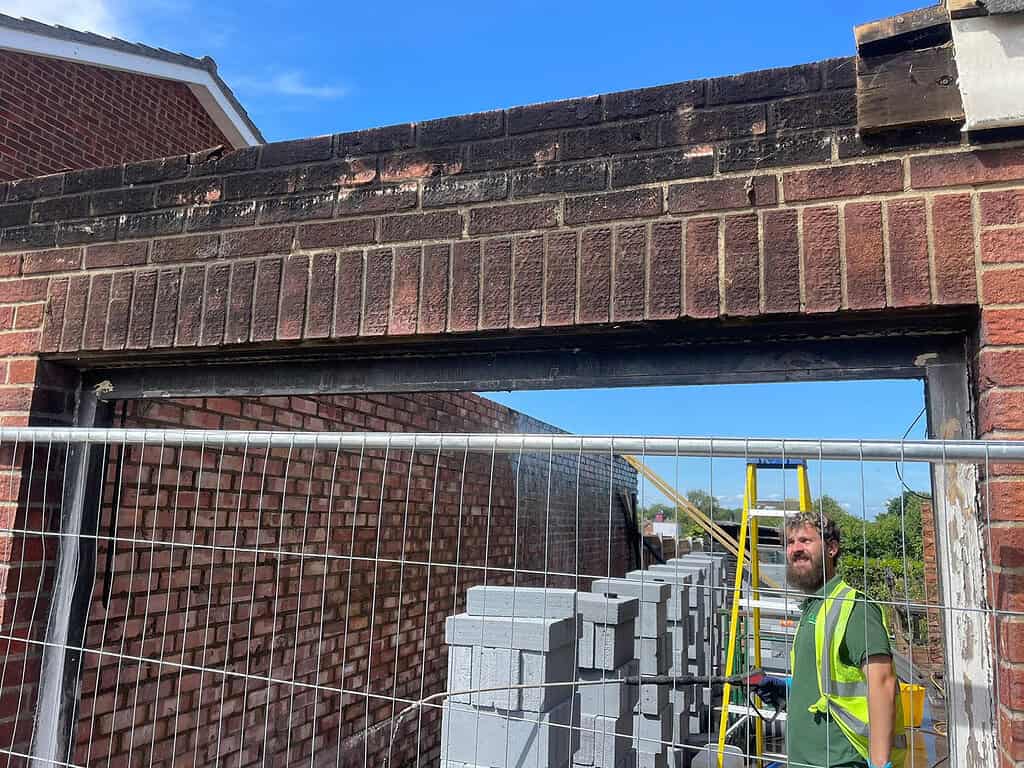
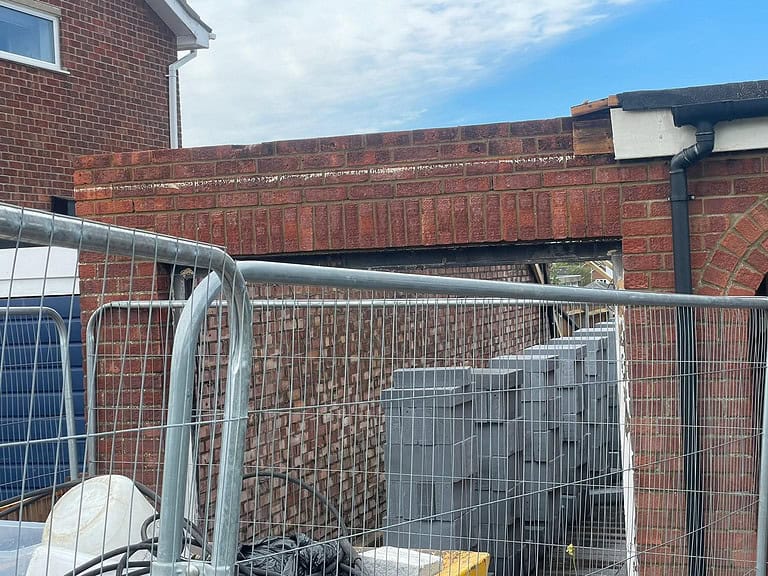
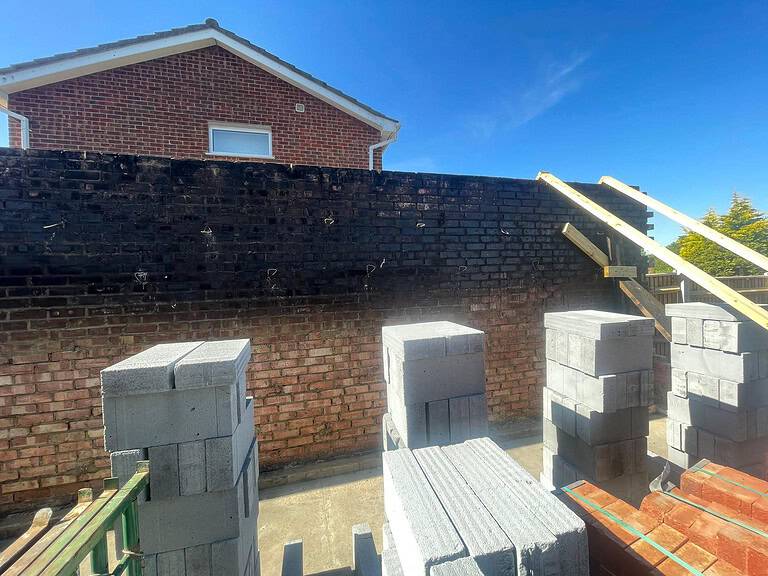
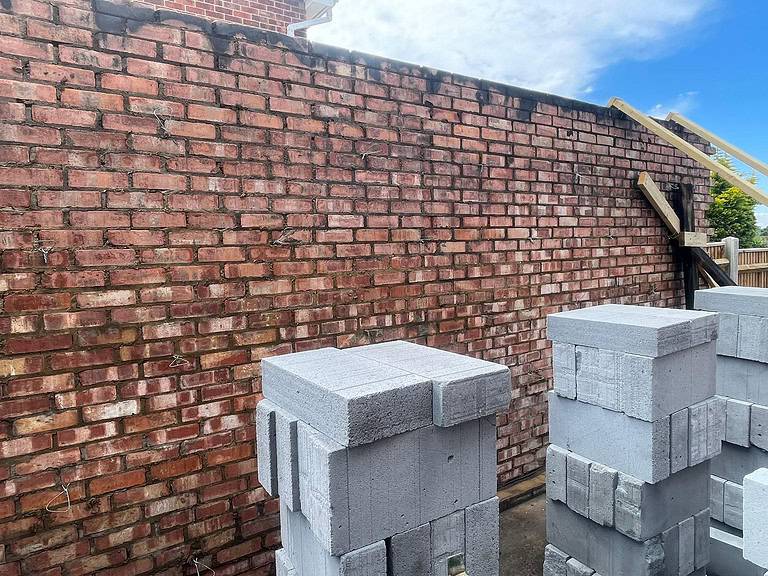
Fire damage can turn your life upside down in an instant. One minute you’re enjoying a cozy evening at home, and the next, you’re watching flames engulf your cherished possessions. I’ve seen it happen far too often in my years working in fire damage cleaning and restoration. The aftermath is heart-wrenching, but there’s hope.
When the smoke clears and the firefighters leave, that’s when the real work begins. Fire damage cleaning and restoration is a complex process that requires expertise, specialised equipment, and a whole lot of patience. But with the right approach, we can bring your home back from the ashes.
Table of Contents:
- The Importance of Professional Fire Damage Restoration
- Preventing Future Fire Damage
- The Emotional Impact of Fire Damage
- FAQs about Fire Damage Cleaning and Restoration
Understanding the Scope of Fire Damage
Before we get into fire damage cleaning and restoration, it’s crucial to understand what we’re up against. Fire doesn’t just burn; it leaves a trail of destruction that goes far beyond what meets the eye. It can damage your property including your heating systems.
Types of Fire Damage
Fire damage comes in various forms, each requiring a unique approach to cleaning and restoration. The National Fire Protection Association categorises fires into different classes based on the materials involved:
- Class A: Ordinary combustibles like wood, paper, and cloth.
- Class B: Flammable liquids such as gasoline and oil.
- Class C: Electrical fires.
- Class D: Combustible metals.
- Class K: Cooking oils and fats.
Each class leaves behind different residues and poses unique challenges in the restoration process. For instance, a Class K fire in your kitchen will require different cleaning methods than a Class A fire in your living room. You will want to clean electrical appliances after a fire, especially in the case of a Class C fire.
The Hidden Dangers of Smoke and Soot
While flames cause obvious damage, smoke and soot can be just as destructive, if not more so. These sneaky culprits can seep into every nook and cranny of your home, causing long-lasting damage if not addressed promptly and effectively remove the smoke smell.
Smoke particles can corrode metal surfaces, etch glass, and discolour fabrics within hours of a fire. Soot, on the other hand, is acidic and can eat away at surfaces if left untreated. That’s why time is of the essence in fire damage cleaning and restoration.
The Fire Damage Restoration Process
Now that we understand what we’re dealing with, let’s break down the fire damage cleaning and restoration process. It’s a journey that requires careful planning and execution to get your property back to its pre-loss condition.
- Emergency Response and Assessment
The first step in fire damage cleaning and restoration is to assess the extent of the damage. This isn’t just about looking at burnt furniture or charred walls.
We’re talking about a comprehensive damage assessment and evaluation that includes:
- Structural integrity check.
- Smoke and soot penetration assessment.
- Water damage evaluation (from firefighting efforts).
- Air quality testing.
During this phase, we also secure the property to prevent further damage. This might involve boarding up windows, roof tarping, or placing tarps on damaged roofs.
- Water Removal and Drying
It might seem counterintuitive, but water damage is often a significant part of fire damage cleaning and restoration. The water used to extinguish the fire can lead to mold growth if not addressed quickly.
We use industrial-strength dehumidifiers and air movers to dry out the affected areas thoroughly. This step is crucial in preventing secondary damage and creating a safe environment for restoration work. It’s also a good idea to change filters in your HVAC system as they most likely got damaged during the fire.
- Smoke and Soot Removal
This is where the real elbow grease comes in. Removing smoke and soot requires specialised techniques and equipment. We use dry cleaning sponges for light soot and more aggressive methods for heavier residues.
One technique I’ve found particularly effective is thermal fogging. This process uses a fine mist of deodorisers to neutralise smoke odors at the molecular level. It’s amazing how it can make a space smell fresh again, even after a severe fire. If you had to use your electrical appliances after the fire, you would never know there was a fire.
- Cleaning and Sanitizing
Once the soot and smoke are gone, we move on to deep cleaning. This involves washing walls, ceilings, and floors with specialised cleaners. We also clean and deodorize salvageable items like furniture, carpets, and clothing.
In my experience, people are often surprised by how much we can save. I once restored a family heirloom quilt that the homeowners thought was beyond repair. The look on their faces when they saw it clean and fresh was priceless.
- Restoration and Reconstruction
The final step in fire damage cleaning and restoration is bringing your home back to its pre-fire condition. This might involve:
- Repairing or replacing drywall.
- Painting walls and ceilings.
- Replacing flooring.
- Reconstructing damaged areas of the home.
It’s a transformative process that turns a disaster zone back into a home. There’s nothing quite like seeing a family move back into their restored house, knowing we played a part in making it happen. Once we are done with our portion, you should inspect it regularly to make sure everything is in order.
The Importance of Professional Fire Damage Restoration
You might be tempted to tackle fire damage cleaning and restoration yourself, but I can’t stress enough how important it is to hire professionals.
Restoration Need | Why It’s Important |
Specialized Equipment and Techniques | Professional restoration companies have access to industrial-grade equipment that’s simply not available to the average homeowner. From HEPA air scrubbers to ultrasonic cleaning machines, these tools make a world of difference in the restoration process. They can also assess damage you wouldn’t even think about, such as smoke residues, that require personal protective equipment to clean. |
Safety Considerations | Fire damage cleanup can be hazardous. Soot particles are tiny and can easily be inhaled, causing respiratory issues. That’s why we always wear proper N-95 particulate respirators during the cleanup process. There’s also the risk of structural instability after a fire. Professional restoration teams are trained to identify and mitigate these risks, ensuring everyone’s safety throughout the restoration process. |
Insurance Considerations | Working with a professional restoration company can make the insurance claims process much smoother. We document everything meticulously, from the initial assessment to the final restoration, providing your insurance company with all the information they need to process your claim quickly. This allows you to limit movement within your property. |
Preventing Future Fire Damage
While we hope you never have to go through fire damage cleaning and restoration again, it’s essential to take steps to prevent future incidents.
Here are some tips I always share with my clients:
- Install smoke detectors on every level of your home and test them monthly.
- Keep fire extinguishers easily accessible and know how to use them.
- Create and practice a fire escape plan with your family.
- Be cautious with potential fire hazards like candles and space heaters.
FAQs about Fire Damage Cleaning and Restoration
What do you clean fire damage with?
We use a variety of specialised cleaning products and techniques depending on the type of damage. For light soot, we often start with dry cleaning sponges. For heavier residues, we might use chemical sponges or cleaning solutions specifically designed for fire damage. The key is to use the right product for each surface to avoid causing further damage.
What To do after a fire?
Smoke and soot removal, cleaning and sanitizing, and finally restoration and reconstruction. The goal is always to return the property to its pre-fire condition as quickly and efficiently as possible. They will also remove water if it was used to put out the fire.
How do you restore a building after a fire?
Restoring a building after a fire is a complex process that involves several steps. First, we secure the property and assess the damage. Then we remove water and dry the area, clean up soot and smoke damage, deodorize the space, and finally repair and reconstruct damaged areas. The exact process can vary depending on the extent of the damage and the specific needs of the building.
What to do after a fire destroys your home?
If a fire destroys your home, the first step is to ensure everyone’s safety. Once the fire is out, contact your insurance company immediately. Then, secure temporary housing and begin documenting your losses. It’s crucial to hire a professional restoration company as soon as possible to assess the damage and begin the restoration process. Remember, don’t enter the property until it’s been deemed safe by professionals.
Conclusion
Fire damage cleaning and restoration is a challenging process, but it’s also incredibly rewarding. There’s nothing quite like seeing a family return to their restored home, knowing we’ve played a part in helping them recover from a devastating event. Open windows to let the property air out as you wait for the restoration professionals.
Remember, if you ever find yourself facing fire damage, don’t hesitate to call in the professionals. With the right expertise and approach, we can bring your home back from the ashes, making it safe, clean, and comfortable once again. Fire damage cleaning and restoration isn’t just about repairing buildings; it’s about rebuilding lives.


